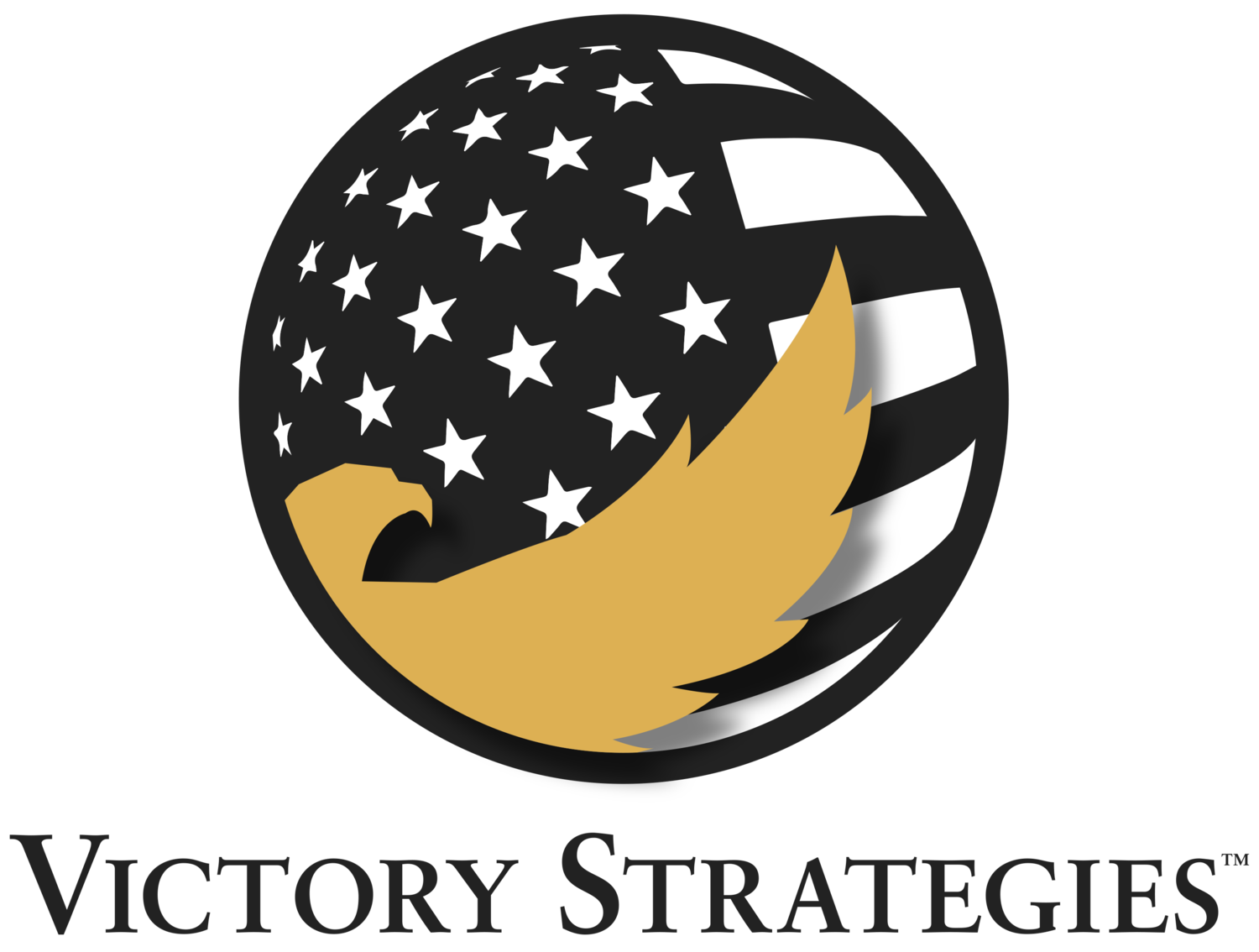There is an art to listening. It is a skill to develop.
How often has an employee, co-worker, or friend engaged you in conversation and while they were speaking you were readying your response? How did that go? I imagine it either led to the other person becoming upset or shutting down. This scenario is not just a one-off, one of the major complaints in corporate America is that "nobody listens."
Author and inspirational speaker Simon Sinek explains that “listening is not the act of hearing the words spoken, it's the art of understanding the meaning behind those words.” To let the words of another wash over us and imbue the contextuality of their story isn’t practiced much. In the hurried pace of the business world, we rarely pause to fully listen before we respond.
There is a difference between hearing and listening. Hearing, as noticing - background noise while doing something else or noticing certain words and phrases so you can parrot them back. Hearing takes no practice. Your ears work or they do not.
My wife and I had time over the winter holidays to remember the difference between hearing and listening. We set our intention before leaving on our trip to be fully present to those around us and not be distracted by phones, or TVs, or anything other than the person in front of us. For four days we listened to stories of aging parents, broken relationships, challenging children, job frustrations and career successes. We watched the faces and the gestures – the physical display of the emotions attached to those stories. Setting our intention to be present, the stories weren’t a distraction, instead they became more alive. There were times I caught myself thinking about my response, and a potential solution to fix the situation. I was trying to listen and formulate at the same time. This cannot be done.
Here is another example; as you are going from one meeting to another, you grab one of your key employees and say, “walk with me.” You have an over-the-shoulder conversation as you rush down the corridor to the next meeting. As you enter into that next meeting, you assume that the information you presented was somehow transferred with complete understanding to the person you were talking at. Notice I said talking at, not to or with.
Have you practiced listening? Seriously, do you know how to listen?
Some simple takeaways to practice:
Slow down. In our hallway example above, you could have postponed the discussion. If the conversation is important enough to have it is worth setting the time aside to have it.
Ask. "May I have your listening?" You may think the phrase corny, and you would be right. This odd phrase has often made people pause, even for just a second, to open the door to true listening.
Observe - Observation is useful to get direct information and to better understand aspects of the conversation.
Be patient.
Be present.
As you practice this art of listening, don’t think about what they or you are going to say next. Do not spoil the end of the conversation. Let them speak, whatever they speak, and just listen. This listening without thinking of a response will create space. Literally, you will have to take time to think about your response after they are finished speaking.
Have you been in a situation where you have had to start the same sentence over and over again because no one was listening and then just drop it because, obviously, it doesn’t matter?
Giving the gift of your listening is irreplaceable. You are giving of your time, the one thing that can’t be recreated, bought, found, or replaced. As a leader there are times we need to pause and be fully present, in order to serve the profoundly human need to simply be listened to.
Authored By: Brian Wells, Managing Director



